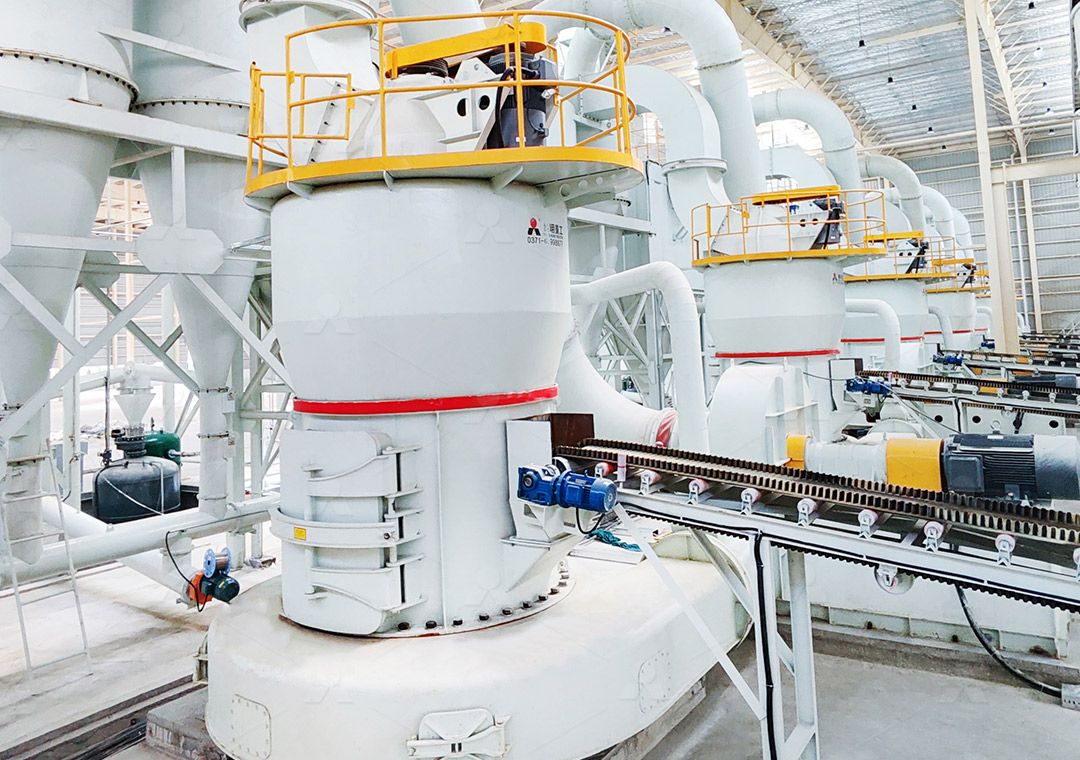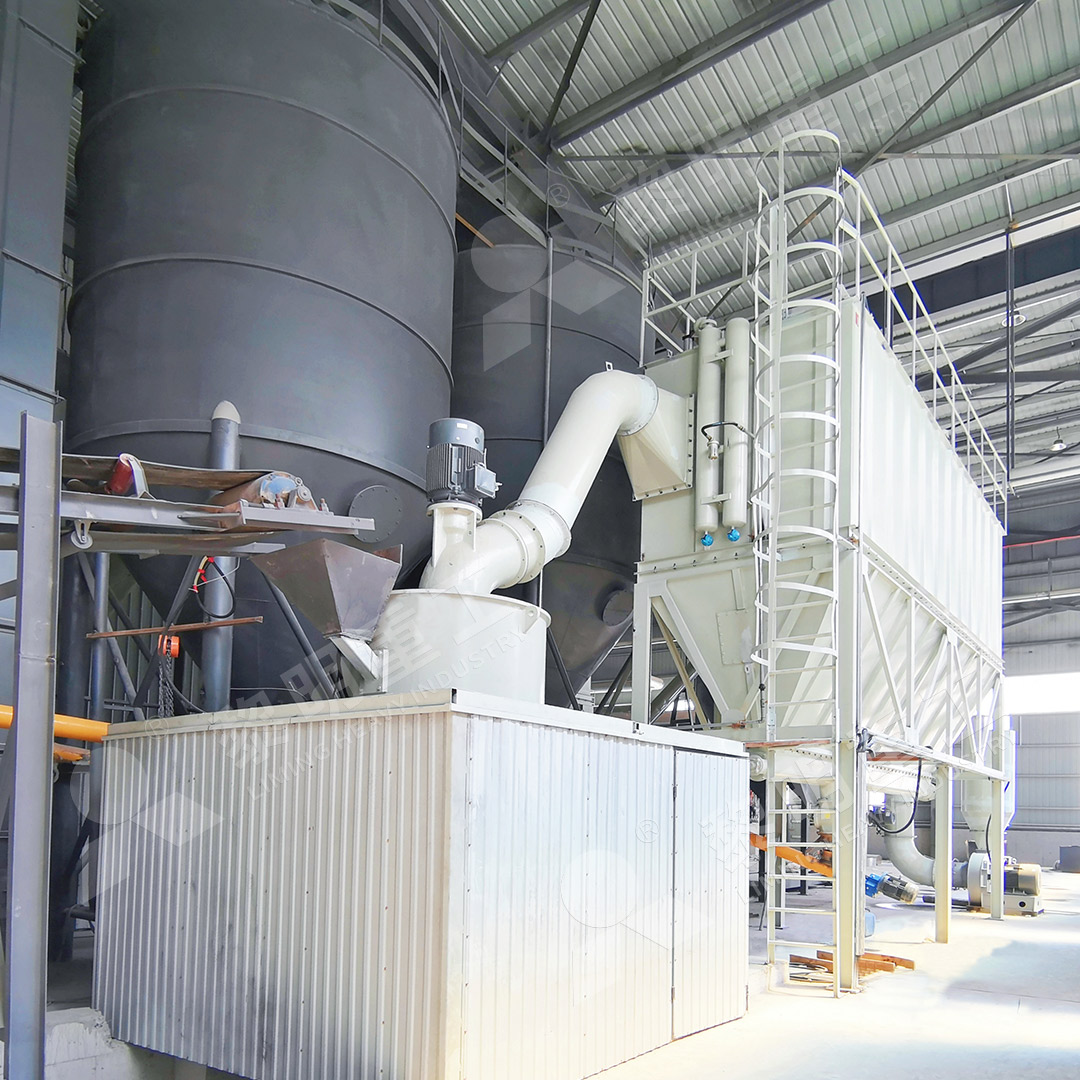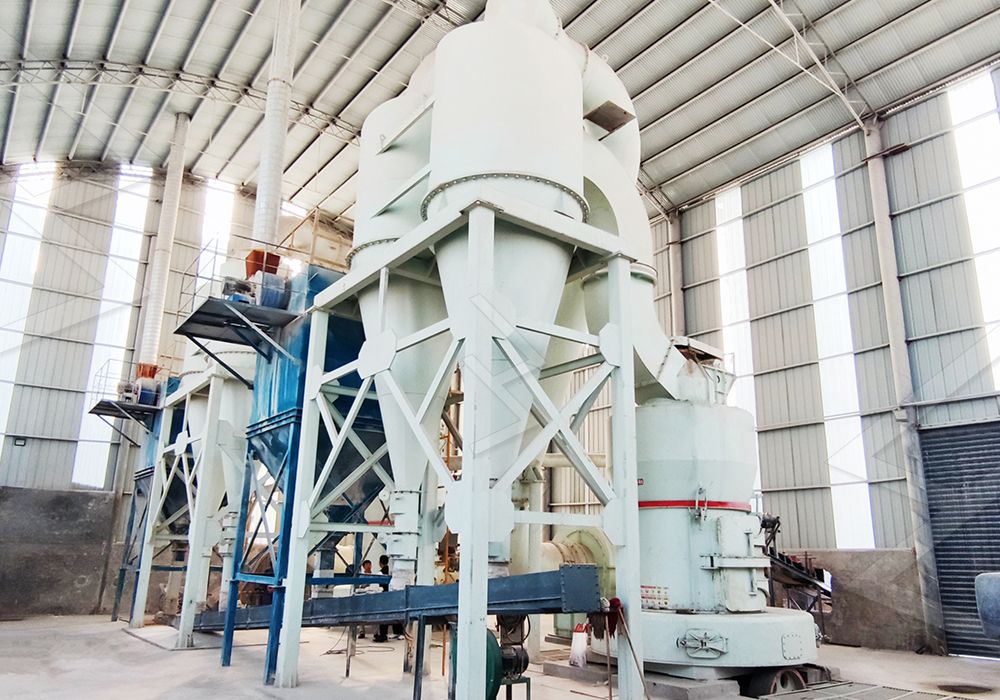1200 Mesh Fluorite Grinding Mill: Price, Process & Supplier Guide
1200 Mesh Fluorite Grinding Mill: Price, Process & Supplier Guide
Fluorite, a crucial industrial mineral valued for its flux properties in steelmaking and its optical clarity in lenses, demands precise grinding to unlock its full potential. Achieving the fine 1200 mesh specification requires specialized equipment capable of delivering consistent particle size distribution while maintaining operational efficiency. This comprehensive guide examines the technical considerations, processing methods, and equipment selection for high-quality fluorite powder production.
The Challenge of Ultra-Fine Fluorite Grinding
Processing fluorite to 1200 mesh presents unique challenges beyond ordinary mineral grinding. The material’s moderate hardness (4 on Mohs scale) and perfect octahedral cleavage require careful handling to prevent excessive fines while maintaining precise particle distribution. Traditional ball mills often struggle with energy efficiency and particle consistency at this fineness level, leading many operations to adopt advanced grinding technologies.

The market for fine fluorite powder spans multiple industries, from metallurgical fluxes requiring specific chemical purity to optical applications demanding exceptional clarity and minimal inclusions. Each application imposes strict requirements on particle morphology, size distribution, and contamination levels, making equipment selection critical to product quality and operational economics.
Advanced Grinding Solutions for Precision Processing
Modern fluorite processing operations increasingly favor vertical grinding mills and ultra-fine grinding systems that offer superior energy efficiency and particle control compared to traditional technologies. These advanced systems integrate multiple processes—drying, grinding, classification, and collection—into compact, automated operations that reduce both footprint and operational complexity.
For operations targeting the demanding 1200 mesh specification, we particularly recommend the MW Ultrafine Grinding Mill. This system represents a significant advancement in fine powder processing, featuring an innovative grinding mechanism that eliminates traditional concerns about bearing failure and screw loosening within the grinding chamber. With an adjustable fineness range spanning 325-2500 meshes and capacity from 0.5 to 25 tph, this mill delivers exceptional control over product specifications while reducing system energy consumption by up to 30% compared to jet milling alternatives.

Technical Considerations for Fluorite Processing
Successful fluorite grinding operations must address several critical technical factors. Moisture control proves essential, as excessive humidity can lead to agglomeration and classification challenges. Most modern systems incorporate integrated drying capabilities, with optimal moisture content typically below 2% for efficient ultra-fine grinding.
Particle distribution control represents another crucial consideration. The advanced cage-type powder selector in the MW Ultrafine Grinding Mill, incorporating German technology, enables precise classification with screening rates achieving d97≤5μm in a single pass. This precision eliminates the need for repeated processing cycles, reducing energy consumption and preserving the natural crystal structure of the fluorite particles.
Operational stability and maintenance accessibility further distinguish modern grinding systems. The external lubrication design of premium mills allows continuous 24-hour operation without shutdowns for maintenance, while the absence of rolling bearings in the grinding chamber eliminates a common failure point in traditional designs.
Economic and Environmental Considerations
The transition to advanced grinding technologies delivers substantial economic benefits beyond improved product quality. The MW series demonstrates particular advantages in energy efficiency, producing 40% higher capacity than jet mills and double the output of ball mills at equivalent fineness and power consumption levels. These efficiency gains translate directly to reduced operating costs and improved competitiveness in price-sensitive markets.
Environmental compliance has become increasingly important in mineral processing. Modern grinding systems address this through integrated pulse dust collectors that eliminate particulate emissions and noise reduction technologies that maintain workplace comfort. The fully enclosed negative-pressure operation ensures no dust escape, while automated controls minimize operator exposure and skill requirements.

For operations requiring even higher throughput or dealing with varied feedstock, the LUM Ultrafine Vertical Grinding Mill presents an excellent alternative. Combining Taiwanese grinding roller technology with German powder separation expertise, this system offers capacities from 5-18 tph with exceptional energy efficiency gains of 30-50% over conventional mills. Its reversible structure simplifies maintenance, while electronic and mechanical limiting technologies ensure operational stability even under variable feed conditions.
Supplier Selection and Technical Support
Choosing the right equipment supplier proves as important as selecting the appropriate technology. Established manufacturers with integrated production capabilities typically offer superior technical support, genuine spare parts availability, and comprehensive after-sales service. Look for suppliers with demonstrated experience in mineral processing applications, particularly with abrasive materials like fluorite.
Technical support extends beyond equipment installation to include process optimization, wear part management, and operational training. The digital processing capabilities of modern mills, with numerical control across all manufacturing operations, ensure precise machining tolerances that translate to longer service life and consistent performance.
Frequently Asked Questions
What is the typical energy consumption for grinding fluorite to 1200 mesh?
Advanced grinding systems like the MW Ultrafine Grinding Mill typically consume 30-50% less energy than traditional technologies. Exact consumption varies with feed size, moisture content, and production capacity, but modern systems optimize energy use through efficient classification and reduced recirculation.
How does equipment selection affect product quality?
Mill design directly influences particle morphology, size distribution, and contamination levels. Systems with precise classification and minimal internal wear components produce more consistent product with better flow characteristics and reduced iron contamination, critical for high-value applications.
What maintenance requirements should we anticipate?
Modern grinding mills designed with external lubrication systems and easily accessible wear components significantly reduce maintenance demands. The absence of internal bearings and screws in the grinding chamber eliminates common failure points, while reversible designs simplify roller and liner replacement.
Can the same equipment process different mineral types?
Many advanced grinding systems offer flexibility across multiple mineral types with appropriate adjustments to grinding pressure, classifier speed, and system airflow. However, optimal performance typically requires configuration for specific material characteristics and production targets.
